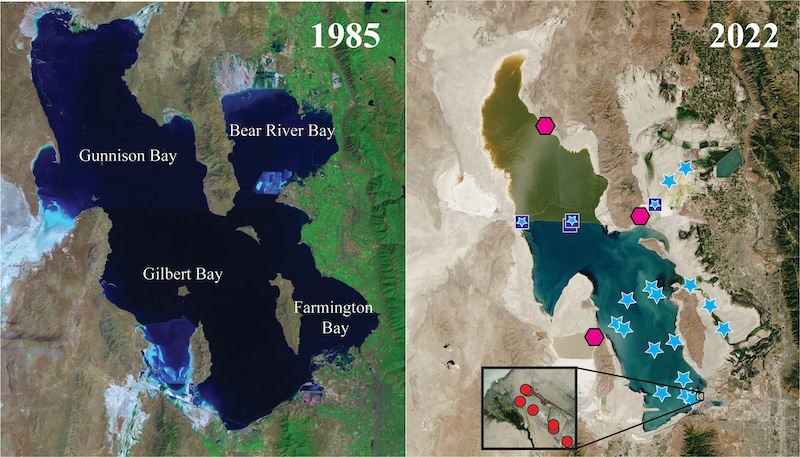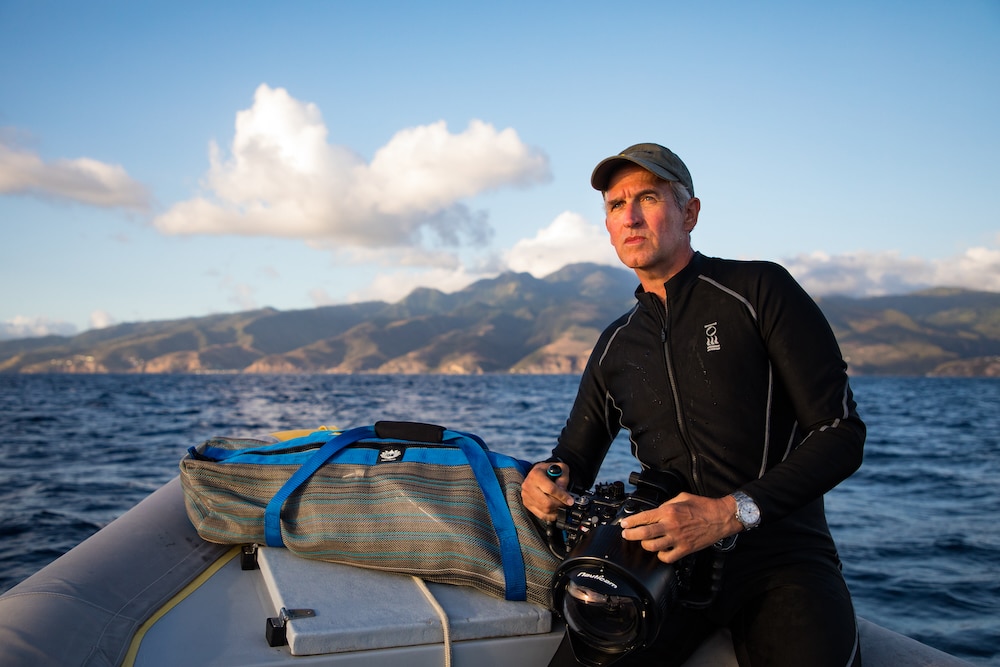
by Komoneed | Aug 8, 2024
Join the battery energy revolution with the Power Sonic Pulse, an all-encompassing battery energy storage solution tailored to meet the diverse needs of distributors, installers, and property owners. This advanced system combines innovative technology with versatile functionality, offering reliable performance and seamless integration. Whether you’re looking to expand your product offerings, enhance your installation services, … Continued

by Kate Mothes | Aug 8, 2024
In the U.K., thousands of police remain on standby as a series of riots instigated by far-right supporters have escalated during the past week. The unrest that erupted last Tuesday was spurred by a senseless act: the murders of three children in a dance class in Southport, on the west coast of England, also left eight other children and two adults critically injured. Violence broke out in Southport, then spread quickly to other cities, culminating in assaults on police and racially-motivated attacks on hotels housing asylum seekers. More
Do stories and artists like this matter to you? Become a Colossal Member today and support independent arts publishing for as little as $5 per month. The article Animals Balance Precariously and Greet Each Other Across Voids in Banksy’s New Murals appeared first on Colossal.

by Komoneed | Aug 7, 2024
New research has revealed that as the lake bed of the Great Salt Lake dries out, it’s becoming a greater source of greenhouse gas emissions. According to a study published in the journal One Earth, the dry parts of the Great Salt Lake in Utah contributed about 4.1 million tons of carbon emissions in 2020 […]
The post Great Salt Lake Is Releasing Millions of Tons of Carbon Emissions, Study Finds appeared first on EcoWatch.

by Komoneed | Aug 7, 2024
Brian Skerry has been a National Geographic photographer for more than 25 years, focusing on life under the surface of waters around the world. He’s photographed whales, sharks, scallop farms and kelp forests, and through it all, he’s been inspired by what visual storytelling can accomplish. “Good science and good visual storytelling, and people just […]
The post Gulf of Maine in Peril: PBS Documentary Explores the Ocean’s Threats and Resilience appeared first on EcoWatch.

by Komoneed | Aug 7, 2024
Recycling a three-ring binder might seem challenging at first, but with a bit of effort,…
The post Recycling Mystery: Three-Ring Binders appeared first on Earth911.





